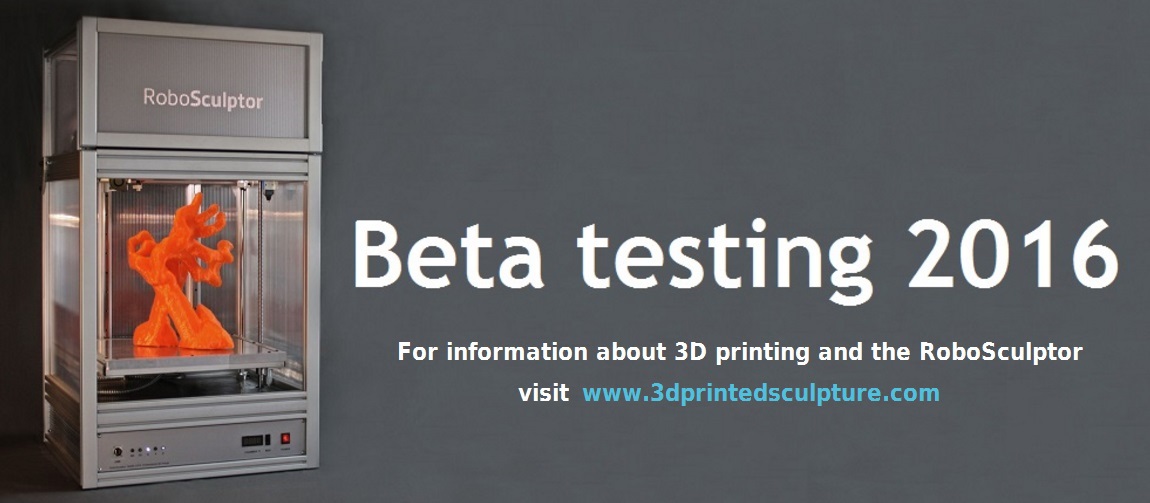The Atari 520ST was released in June 1985 and the 1040ST followed a year later.
The Atari 1040ST would have been an excellent choice for my use in 1986. It was a moment in time where my computing enthusiasm had diminished. The home PC, I decided, wasn't the tool that could inspire my kind of artistic work. The Atari ST computer, I believe, may have had more to offer, but somehow I brushed it off as being nothing more than another toy. The Atari name, I'm quite sure, was instrumental in this negative bias.
The introductory price for the Atari 1040 was $999.99 USD. In today's dollars that would be $2,348.74. Still a hefty price for a poor college student on his way out with no job prospects in sight.
My interest today in the Atari are numerous. I'm intrigued by the GEM operating system, the sound capabilities and the many interesting creative programs such as Cyber Studio and Cyber Paint. Some of the games produced for Atari by Psygnosis are also quite remarkable. Overall, this is a vintage computer that provides a lot of fun diversions.
It's taken two purchases over the past several years to make a working system. I was able to find an Atari 520ST that was upgraded to a 1040 that included an Atari SC1224 color monitor and external floppy drives. The floppy drives failed early on. Also the computer's case was cracked and not easily repaired. Eventually I was able to acquire another system that was not working and utilize it's case and floppy drive to make a fully functional and intact unit.
Here are the Atari ST specifications:
NAME 520 / 1040 STe
MANUFACTURER Atari
TYPE Home Computer
ORIGIN U.S.A.
YEAR 1985-93
KEYBOARD Full-stroke keyboard with editing and numeric keypads
CPU Motorola MC 68000
SPEED 8 mHz
RAM 4 x SIMM sockets - From 512 KB up to 4 Mb
ROM 192 KB (256 KB in later versions)
TEXT MODES 40 or 80 chars. x 25 lines (bitmapped graphics)
GRAPHIC MODES 320 x 200 (16 colors) / 640 x 200 (4 colors) / 640 x 400 (monochrome)
COLORS 4096
SOUND 3 voices + 1 noise channel, 8 octaves + two 8 bit PCM channels
I/O PORTS Cardridge, Midi (in, out), Centronics, RS232c, Hard Disk, Floppy disk, RGB, Joystick, mouse, 2 x analogue controllers, Stereo RCA jacks
BUILT IN MEDIA 3.5'' disk-drive
OS TOS + GEM
POWER SUPPLY Built-in PSU
Here's an advertisement in the April 1987 issue of Byte magazine:





